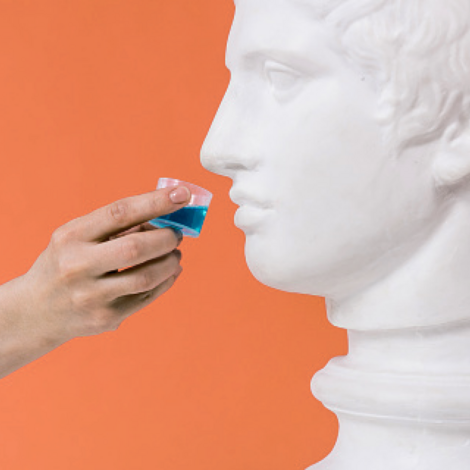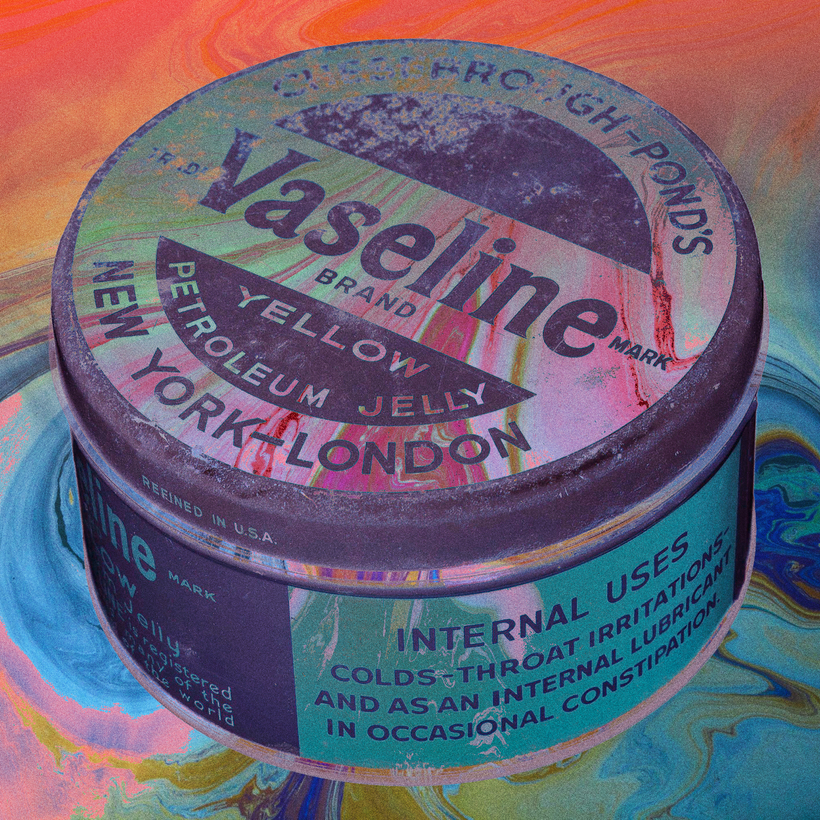Dermatologists used to consider Vaseline and Aquaphor the greatest skin-care products going—and many still do. These workhorses protect and strengthen the skin barrier. After a chemical peel, laser treatment, or surgery, a coating of the stuff helps the healing process. Petrolatum, the key ingredient, has been around forever, but many people still give it the side-eye. That’s because it’s a by-product of the sludgy, messy, environmentally damaging process of refining crude oil. The popular Yuka app, which rates cosmetics and foods for health concerns, gives Vaseline a score of 0 out of 10 because petroleum can be contaminated with polycyclic aromatic hydrocarbons, or PAHs, a known human carcinogen. But the petrolatum used in cosmetics, including Vaseline, is treated and refined multiple times to eliminate any chance of contamination. Clearly, it has a P.R. problem—and cosmetic chemist Javon Ford is here to give it a glow-up.
Petroleum jelly, or Vaseline, helps heal wounds to an extent. It locks in 99 percent of moisture and keeps it there—and that’s supported by data. In other words, it’s pretty much the strongest occlusive we have. That’s how it helps with wounds; it keeps the area clean of particulates from the air and other debris.
We have research showing that natives used it for centuries before Europeans discovered oil. They used it on their wounds. They used it for moisturizing. Petrolatum has a long history of safety. Mineral oil, too.
I don’t think you can even be allergic to petroleum-based products compared to a lot of the natural stuff out there because there are no proteins in it. And it doesn’t get absorbed by the skin; it sits on top. I wouldn’t eat it, but it’s probably one of the safest ingredients you can find in skin care. It’s so safe that you can put it on your wounds, and doctors still encourage that, and they have for the past century.
What’s interesting about petrolatum is that people don’t consider it a natural ingredient, even though it is derived from the earth. Now, is it a renewable ingredient? No, because it relies on tens of millions of years of fossil fuels broken down from flora and fauna. But it’s still more sustainable to use petrolatum or even mineral oil compared to a lot of the eco-alternatives. That’s because it’s easy to get; it’s a by-product. We’re not actively mining or drilling for Vaseline. It just comes as the sludge from drilling for oil, and that’s not stopping anytime soon, given the way our world works. It’s not adding to the deforestation or destruction of the environment as many of the natural ingredients like palm oils and coconut oils do. A lot of those ingredients lead to deforestation because you have to kill the tree, and we’re not planting the trees fast enough to harvest these ingredients.
I know a lot of people think that going completely natural or green is great, but that is what’s leading to the deforestation of the Amazon.
There is nothing sustainable about the beauty industry, to be honest. There’s no way to be sustainable from a mass-consumerism standpoint. If you want to go to a local farmer who’s harvesting their bees’ honey or their crops, that’s one thing. But as soon as you scale it up, sustainability goes out the window. I know that’s cynical.
So as long as there’s a need for petroleum in the world, then it is not hurting the environment to use this by-product. By-products are great.
Javon Ford is a Los Angeles–based cosmetic chemist. He posts highly informative lessons, reviews, and myth-busting content on TikTok and Instagram @javonford16





